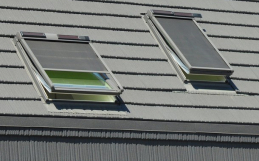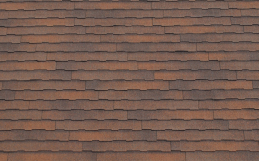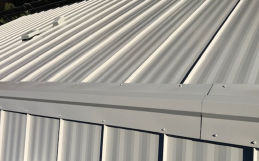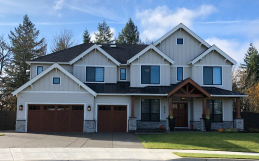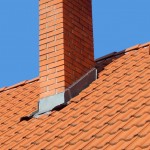They’re not what you first notice about a house and their name isn’t musical. But gutters are important protectors of your house. Gutters are metal channels placed around a roof perimeter to shift runoff water from the roof. Gutters move rain and melting snow to an opening where it’s carried by a downspout away from the house. Downspouts are usually placed at the corners of the house with bends or elbows at ground level to direct water into the yard.
While folks in Phoenix may think they don’t need gutters (they do), those of us in the Vancouver, Washington, area deal with about 45 inches of rain and three inches of snow every year. That means every acre in Vancouver gets more than 1.2 million gallons of precipitated water annually. Gutters can help you manage that water.
How Do New Gutters Protect Your House?
We know you want to maintain or increase the value of your home. Here are some key reasons why new gutters may help.
Shielding Your House’s Foundation
Without a gutter system, run-off water from the roof falls straight down next to your home’s foundation. Soil near the house becomes saturated and expands, placing pressure on the concrete supporting your home. With enough pressure, the foundation can shift and crack, undermining the stability and safety of your house.
Guarding Your Siding
As rain falls, it brings shingle particles, dirt, and leaves with it. Gutters prevent this debris from staining your home’s exterior. Water can seep into siding, creating wall or ceiling leaks that require expensive repairs. And if you have wood siding, water can cause rot over time, leaving your home vulnerable to insects and pests.
Preventing Basement Leaks
Water will quickly find its way into your home through cracks in the house foundation. Whether in stationary pools or arriving as rain, water can erode concrete around and between foundation blocks. You may think a small leak isn’t an issue — until the mold starts to grow. And because water is persistent, a small leak can become a large problem, causing flooding and damaging your basement floors, walls, and contents.
Sheltering Your Landscaping
Runoff from a gutter-less roof will pummel the ground below it, loosening and shifting the soil near the house. As the soil shifts, water can pool around your foundation. Soil erosion can damage your landscaping, affecting your home’s curb appeal. Excess water will drown plants and trees, requiring you to pay costs for removal and replacement.
Preserving Your Home Roof
Your gutter system, including the downspouts, needs to be clear of debris to function properly. Blockages will keep water from draining off the roof. If water seeps under the shingles, leaks can develop in the roof, affecting your attic or ceilings.
Determining When to Replace Gutters
After moving a few million gallons of water, your gutter system will need to be replaced. Check your gutter system after a rainfall for these signs warning you to replace your gutters. If you see any of these faults, you may need new gutters.
- Cracks
- Seam Separation
- Leaks
- Sagging
Materials Available for New Gutters
Gutters are available in several different materials, each with benefits and potential drawbacks. We’ve summarized key points, so you’ll be informed when you select your new gutters.
Aluminum
Aluminum, like vinyl, is lightweight, rustproof, easy to install and cost-effective. But aluminum is better able to withstand extreme temperatures. You can paint aluminum gutters to match your house exterior (something vinyl can’t claim) and some brands are seamless, helping reduce the potential of leaks. Its versatility makes aluminum the first choice for many contractors and homeowners.
But aluminum is a relatively soft metal, making it more prone to dents and bends from ladders, hailstones, or ice. You can get a stronger option with primary aluminum gutters, thicker and higher quality than secondary aluminum which is more likely to include recycled material.
Steel or Copper
Sturdy galvanized steel gutters can withstand damage from ladders, branches, and the weather. Like aluminum, steel can be painted. Since it does rust (after 5 to 10 years), steel may not last as long as those made with other materials. Its heaviness makes it more challenging and expensive to install.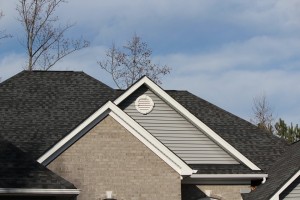
Stainless steel outperforms galvanized steel because it won’t rust. Stainless steel is viewed to be one of the strongest materials used for gutters, but is expensive, up to four times as much as other materials.
Copper offers exceptional beauty, developing a unique patina over time. Copper won’t rust and doesn’t need to be painted, making copper gutters attractive as is. Installation is more complex since gutter seams need to be welded, and copper is the priciest option available.
New gutter installation in Vancouver, WA
If you want more information about when to replace gutters or want to install new gutters, call our team at Warner Roofing. We’ll help you find the right gutter system for your home — one that fits your style and your budget.


